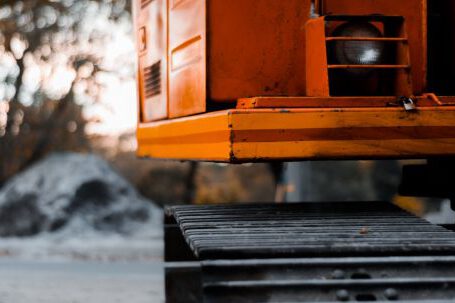Material handling is an essential part of the supply chain process. It can involve moving materials from one place to another, and can involve a range of different processes and equipment. One of the most effective methods of material handling is the use of concrete buckets. This article will discuss why concrete buckets are such an effective material handling solution, and how to implement them for maximum efficiency.
What Are Concrete Buckets?
Concrete buckets are containers designed to transport and store concrete materials, such as cement, sand, and aggregates. They are typically made of steel or plastic, and come in a range of sizes and shapes. Concrete buckets are designed to be strong and durable, and are often used to store and transport concrete for construction and other industrial applications.
Benefits of Using Concrete Buckets
Using concrete buckets can provide a number of advantages when it comes to material handling. They are easy to transport, which makes them ideal for large-scale projects. Additionally, they are easy to clean and maintain, which helps to ensure that materials are safe and secure. Concrete buckets also provide a safe and efficient way to store and transport materials, which can help to reduce the risk of accidents and injuries.
Implementing Concrete Buckets
Implementing concrete buckets for material handling can be done in a few simple steps. First, it is important to identify what type of concrete buckets are needed for the project. Different types of buckets are available for different types of materials, and it is important to ensure that the right type is chosen.
Once the right type of bucket has been chosen, it is important to assess the area where it will be used. The size of the bucket should be chosen based on the size of the space, and the amount of material that needs to be stored or transported. It is also important to consider the safety requirements for the area, as some buckets may require additional safety measures.
The next step is to ensure that the concrete buckets are properly placed and secured. This can involve anchoring the buckets to the floor or walls, or using straps or chains to secure them in place. It is also important to make sure that the buckets are properly labeled, so that it is easy to identify them and know what materials are inside.
Finally, it is important to ensure that the buckets are regularly maintained and inspected. This can involve checking for signs of wear and tear, and ensuring that the buckets are in good condition. It is also important to check for any signs of leakage or damage, and to ensure that the buckets are stored in the correct manner.
Conclusion
Concrete buckets are an effective and efficient solution for material handling. They are strong and durable, and can provide a safe and secure way to store and transport materials. Implementing concrete buckets involves choosing the right type of bucket, assessing the area where it will be used, securing the buckets in place, and regularly maintaining and inspecting them. By following these steps, it is possible to ensure that concrete buckets are used effectively and efficiently for material handling.






